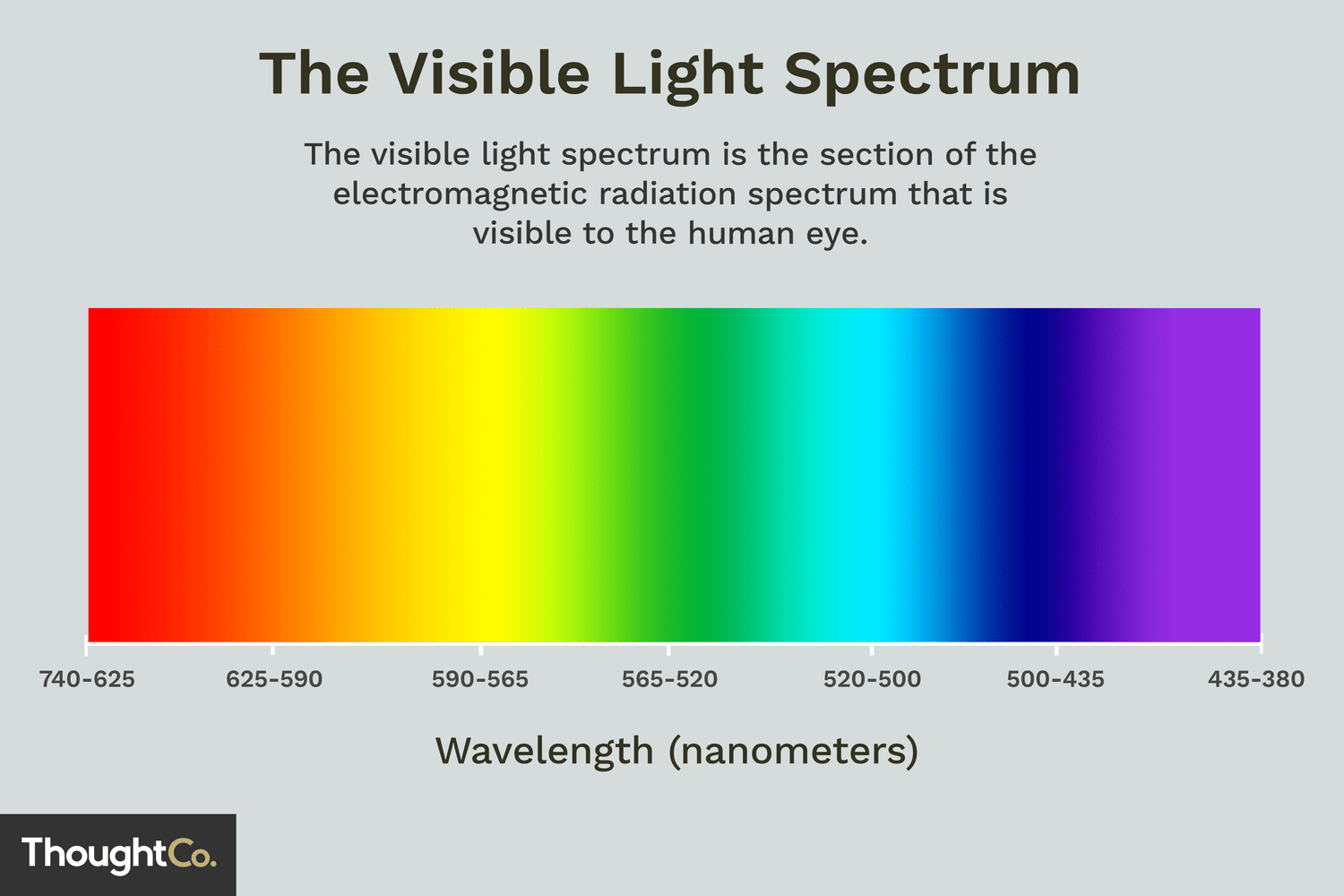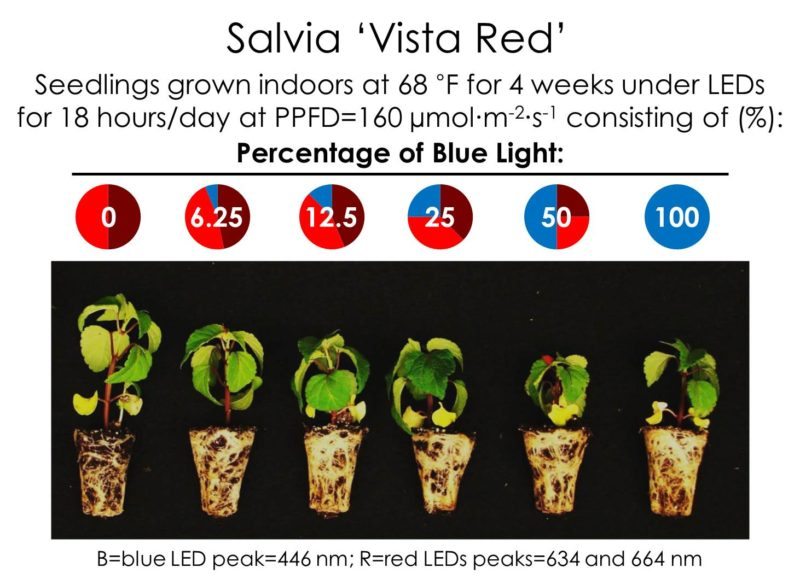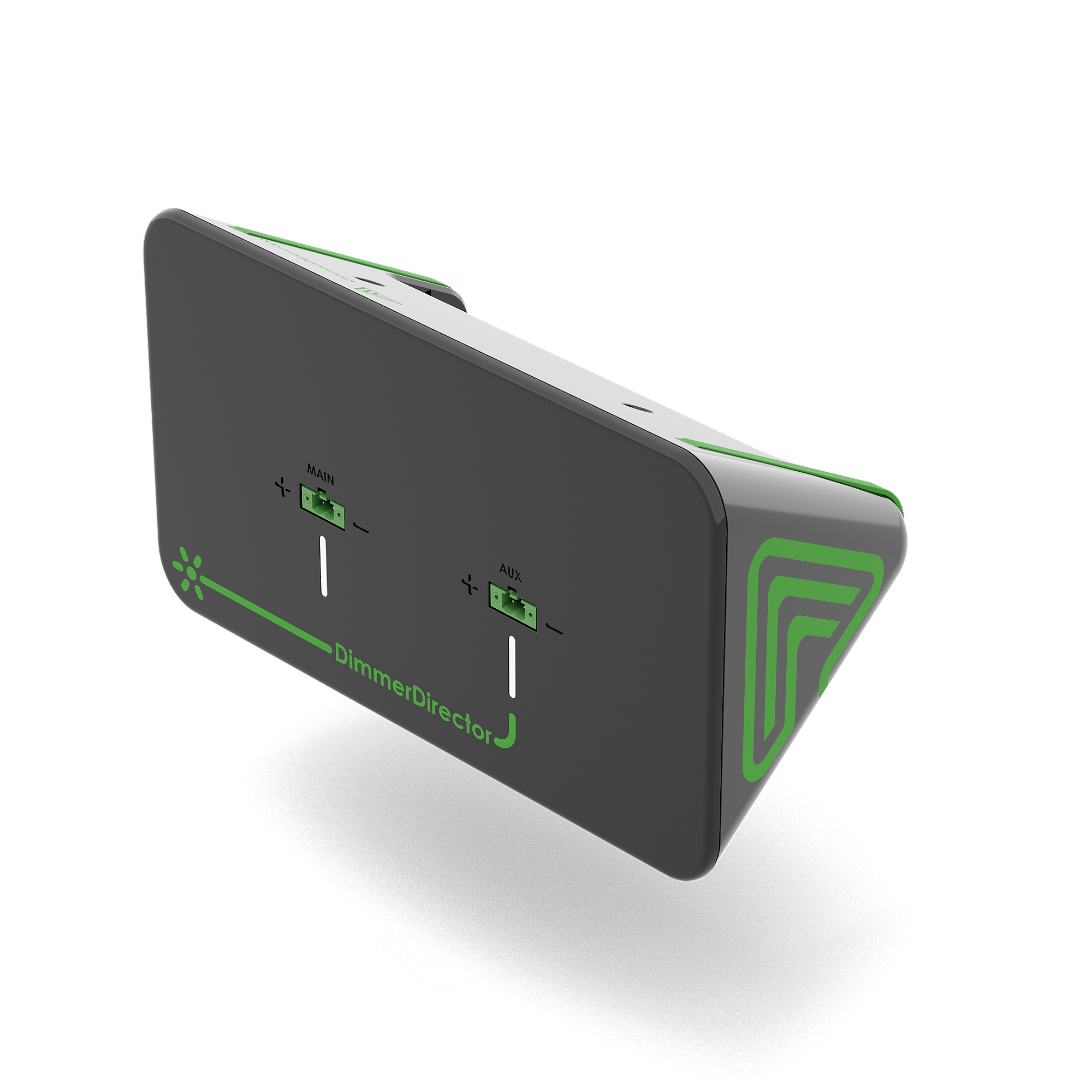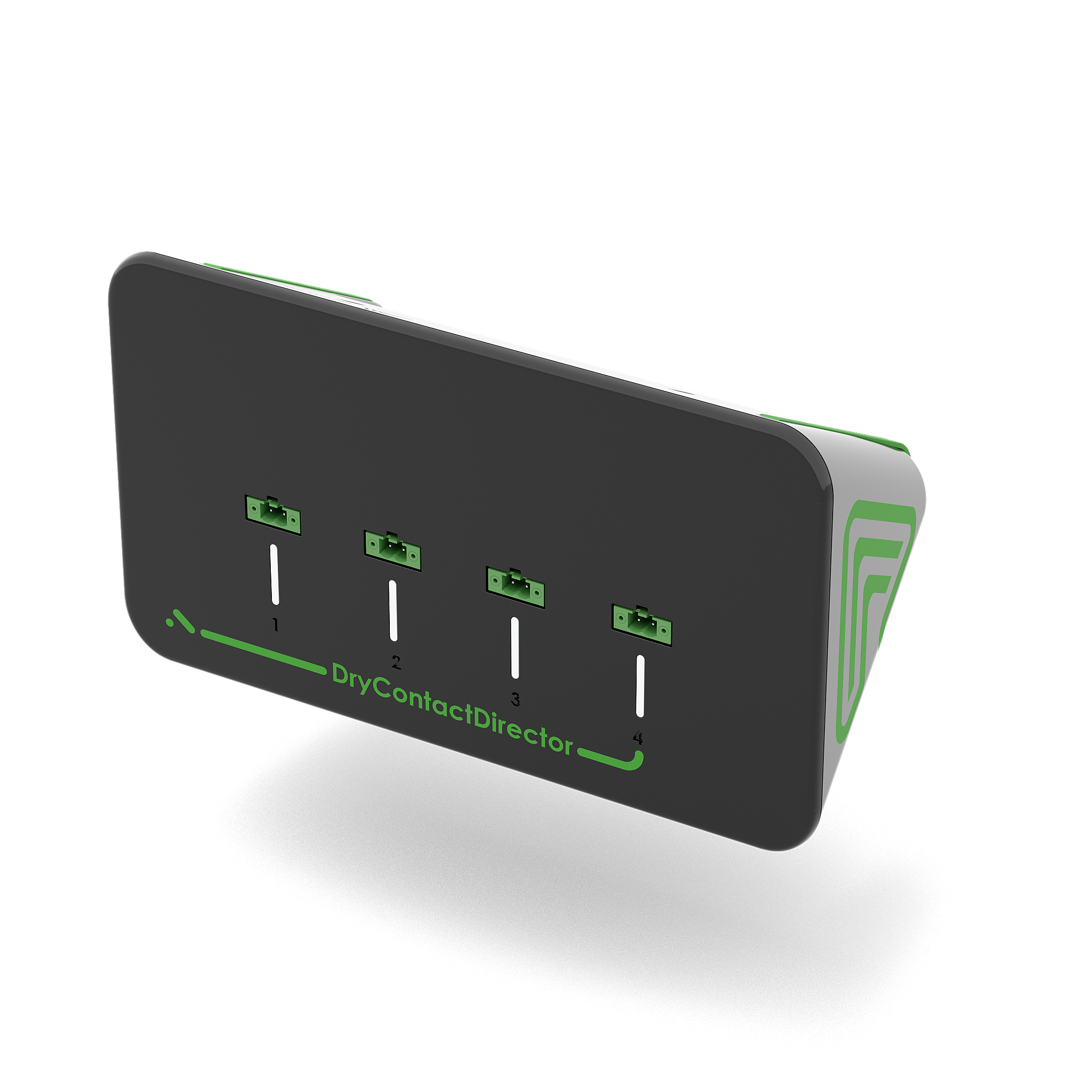
The Best Greenhouse Lighting Systems for 5 Different Crops Types
The Best Greenhouse Lighting Systems for Different Crops
Greenhouse lighting is an essential part of growing crops in a greenhouse. It can help to improve the growth and yield of crops, and it can also extend the growing season. 
- Blue light: Blue light is essential for photosynthesis, and it also helps to promote leaf growth and development. Blue light has a shorter wavelength than red light, and it is more energetic. This means that blue light can penetrate leaves more deeply, and it can help to promote the growth of the leaf’s interior. It promote the production of chlorophyll, which is the molecule that plants use to capture sunlight and convert it into energy.
- Red light: Red light is also important for photosynthesis, and it helps to promote flowering and fruiting, promote the production of auxin, a plant hormone that is involved in cell division and elongation. Red light has a longer wavelength than blue light, and it is less energetic. This means that red light cannot penetrate leaves as deeply as blue light, but it can help to promote the growth of the leaf’s exterior.
- Far-red light: is a type of plant pigment that is involved in the regulation of plant growth and development. Far-red light has a longer wavelength than red light, and it is even less energetic. This means that far-red light cannot penetrate leaves as deeply as red light, but it can help to promote the growth of the leaf’s exterior.

Seedlings grown indoors with blue light are often shorter, and have smaller leaves, than those grown under only red light. Plants were grown at the same photosynthetic photon flux density (PPFD) in an environmental growth chamber. Research from Heidi Lindberg and Erik Runkle, MSU.
By understanding the different effects of blue, red, and far-red light on plant growth, professional growers can choose the right lighting for their crops to optimize their yield and quality.
The type of lighting that you choose will depend on the type of crops that you are growing. Here is a guide to the best lighting systems for different crops, along with the spectrum and power requirements for each crop type:
1 – Green Leaf Crops
- Spectrum: Green leaf crops need a spectrum of light that is high in blue light, which helps them to grow tall and leafy.
 They also need some red light, but not as much as other types of crops. The ideal spectrum for green leaf crops is 450-500 nanometers (nm) for blue light and 620-680 nm for red light.
They also need some red light, but not as much as other types of crops. The ideal spectrum for green leaf crops is 450-500 nanometers (nm) for blue light and 620-680 nm for red light. - Power: Green leaf crops need a lot of light, but they do not need as much power as other types of crops. The typical power requirement for green leaf crops is 40-60 watts per square foot.
2 – Microgreens
- Spectrum: Microgreens need a spectrum of light that is high in both blue and red light. This helps them to grow quickly and develop their full flavor and nutritional content. The ideal spectrum for microgreens is 400-500 nm for blue light and 600-700 nm for red light.
- Power: Microgreens do not need as much light as other types of crops, but they still need a significant amount of power to grow properly. The typical power requirement for microgreens is 15-30 watts per square foot.
3 – Vegetables
- Spectrum: The spectrum of light that vegetables need depends on the specific type of vegetable. For example, tomatoes need a lot of red light, while cucumbers need a lot of blue light. The ideal spectrum for tomatoes is 620-680 nm for red light and 450-500 nm for blue light. The ideal spectrum for cucumbers is 450-500 nm for blue light and 600-700 nm for red light.
- Power: The power requirements for vegetables also vary depending on the specific type of vegetable. However, in general, vegetables need a moderate amount of power to grow properly. The typical power requirement for vegetables is 30-40 watts per square foot.
4 – Herbs
- Spectrum:
 Herbs need a spectrum of light that is high in blue light. They also need some red light, but not as much as other types of crops. The ideal spectrum for herbs is 450-500 nm for blue light and 620-680 nm for red light.
Herbs need a spectrum of light that is high in blue light. They also need some red light, but not as much as other types of crops. The ideal spectrum for herbs is 450-500 nm for blue light and 620-680 nm for red light. - Power: Herbs do not need as much light as other types of crops, but they still need a significant amount of power to grow properly. The typical power requirement for herbs is 15-25 watts per square foot.
5 – Other Crops
- Spectrum: The spectrum of light that other crops need depends on the specific needs of the crop. However, in general, other crops need a spectrum of light that is high in both blue and red light. The ideal spectrum for other crops is 450-500 nm for blue light and 620-680 nm for red light.
- Power: The power requirements for other crops also vary depending on the specific type of crop. However, in general, other crops need a moderate amount of power to grow properly. The typical power requirement for other crops is 30-40 watts per square foot.
Greenhouse Lighting Automation
- DimmerDirector is a software-based solution that can help you to automate LED lighting. It allows you to control the intensity and duration of your lights, and it can also help you to track your energy usage. Each module can handle up to 100 individual or daisy chained LEDs.
- DryContactDirector is a hardware-based solution that is perfect for a heavy type of lighting equipment. It allows you to control the on/off state of your lights, and it can also help you to track your energy usage.
By following these tips, you can choose the best greenhouse lighting system for your needs and budget.

